HMS Venturer and Poland’s Miecznik: Sister Frigates Shaping the Future of NATO Naval Power
In a major milestone for UK sovereign shipbuilding, HMS Venturer—the first Type 31 Inspiration-class frigate—has been officially rolled out from Babcock’s state-of-the-art build hall in Rosyth. Weighing 5,700 tonnes and measuring 139 metres in length, the warship’s emergence marks a pivotal transition from construction to final preparations for launch into the River Forth. But beyond the ceremony in Scotland, this moment carries broader strategic weight across Europe: HMS Venturer shares its DNA with Poland’s Miecznik programme. Both frigates are based on the same Arrowhead 140 platform, highlighting a powerful instance of defence industrial cooperation and standardisation among NATO allies.
navy worldwide nato shipbuilding industry defense industry news12 june 2025 | 07:17 | Source: Gazeta Morska | Prepared by: Kamil Kusier | Print

fot. Babcock International
A New Era for British Naval Shipbuilding
HMS Venturer was carefully manoeuvred out of the build hall using Self-Propelled Modular Transporters (SPMTs), heralding the Royal Navy’s transition to a new class of general-purpose frigates under the Type 31 programme. With three ships already in production and five planned in total, Babcock is on track to deliver the full fleet within a decade of contract award.
This rollout underscores the UK’s ambition to deliver scalable, exportable naval platforms—Type 31 is already being adopted by other NATO partners, notably Poland and Indonesia.
From Rosyth to Gdynia: Arrowhead 140 Unites Allied Navies
The Type 31 design, based on the Arrowhead 140 reference platform, forms the foundation of Poland’s Miecznik frigates, currently under construction in Gdynia and Gdańsk.
The Miecznik programme, led by the Polish Armaments Group (PGZ), is part of Poland’s naval modernisation strategy. While both the Type 31 and Miecznik share the same core hull and architecture, they diverge in their combat systems and mission-specific capabilities—tailored to Royal Navy global operations and Baltic Sea conditions, respectively.
Flexible Platform, National Customisation
Both programmes leverage the modular flexibility of Arrowhead 140. This allows for:
- UK integration: Type 31 is fitted with Royal Navy-specific sensors, combat systems, and weapons including medium-calibre guns and point-defence systems.
- Polish configuration: Miecznik will be equipped with vertical launch systems (Mk 41 VLS), CAMM and CAMM-ER missiles, radar TRS-4D, and systems optimised for regional threat environments.
This adaptability makes the platform not only attractive for allied nations, but also future-proof for evolving mission profiles.
Strategic Impact: Interoperability and Economic Growth
The Arrowhead 140 platform, now under production in both the UK and Poland, strengthens NATO naval interoperability while contributing to domestic industry.
In the UK, Babcock’s Rosyth shipyard showcases its capability to deliver complex warships efficiently. In Poland, the Miecznik programme revitalises local shipyards, enhances national capabilities, and secures thousands of jobs—supporting sovereign defence and wider economic goals.
One Platform, Shared Vision
UK and Polish defence leaders emphasise the strategic importance of this milestone for European defence.
Sir Nick Hine, CEO of Babcock Marine, commented: - This is a moment of pride for the entire team and clear proof that the UK can deliver world-class frigates from a single yard, in record time.
- HMS Venturer will stand at the heart of the Royal Navy—projecting strength and deterring aggression wherever required - added Luke Pollard MP, Minister for the Armed Forces.
Meanwhile, in Poland, construction of the Miecznik frigates is advancing steadily, with the first ship expected to enter service in the second half of this decade.
How HMS Venturer Compares to Poland’s Miecznik
Though stemming from the same Arrowhead 140 blueprint, HMS Venturer and the Polish Miecznik differ in key operational aspects:
- Design Origin: Shared Arrowhead 140 platform
- Shipyards:
- Venturer: Babcock, Rosyth (UK)
- Programme Miecznik: PGZ Stocznia Wojenna & Remontowa Shipbuilding (Poland)
- Combat Systems:
- Venturer: Royal Navy-standard weapons and sensors
- Programme Miecznik: Mk 41 VLS, CAMM/ER, radar TRS-4D, NATO-compatible combat suite
- Strategic Role:
- Venturer: Global operations and expeditionary presence
- Programme Miecznik: Baltic Sea dominance and allied mission integration
- Fleet Size:
- UK: 5 Type 31 frigates
- Programme Poland: 3 Miecznik frigates
Allied Shipbuilding, Shared Security
HMS Venturer and Poland’s Miecznik are more than just warships—they are symbols of a new era in collaborative defence. Built on a shared platform, shaped by national needs, and bound by alliance commitments, these frigates are designed not only to defend their flags, but to operate seamlessly together across NATO missions.
As both programmes move forward, they reaffirm the importance of interoperable design, sovereign capability, and industrial resilience in securing the maritime domain of tomorrow.
see also
Buy us a coffee, and we’ll invest in great maritime journalism! Support Gazeta Morska and help us sail forward – click here!
Kamil Kusier
redaktor naczelny
gallery

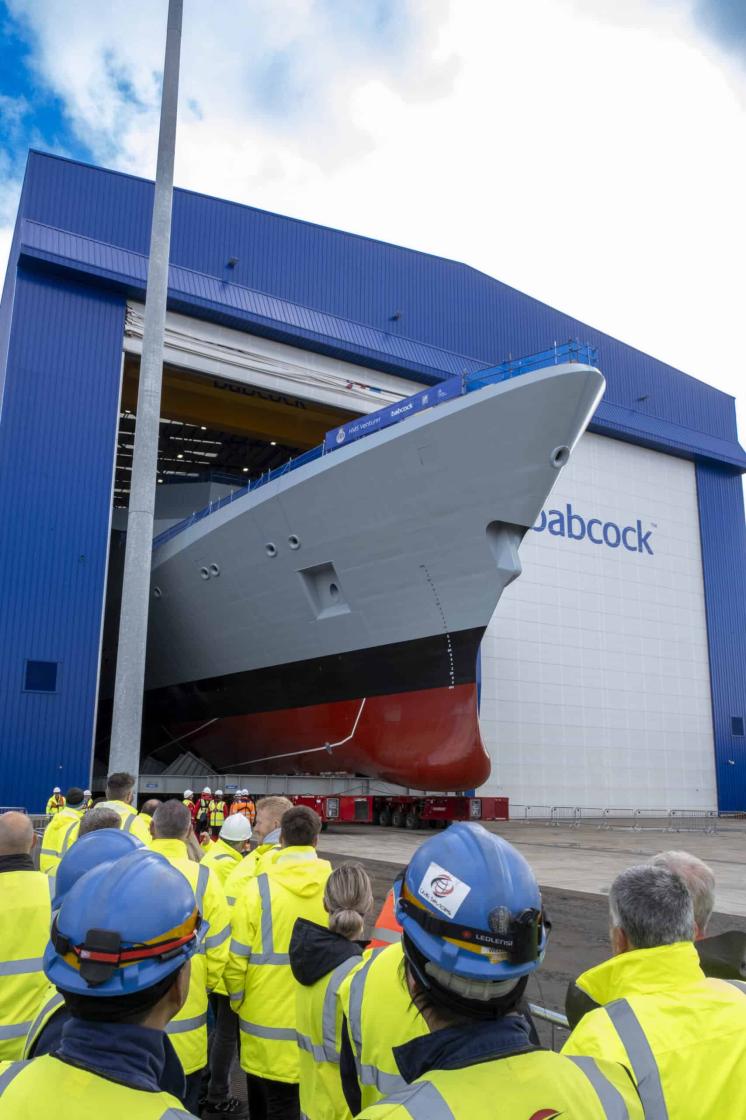
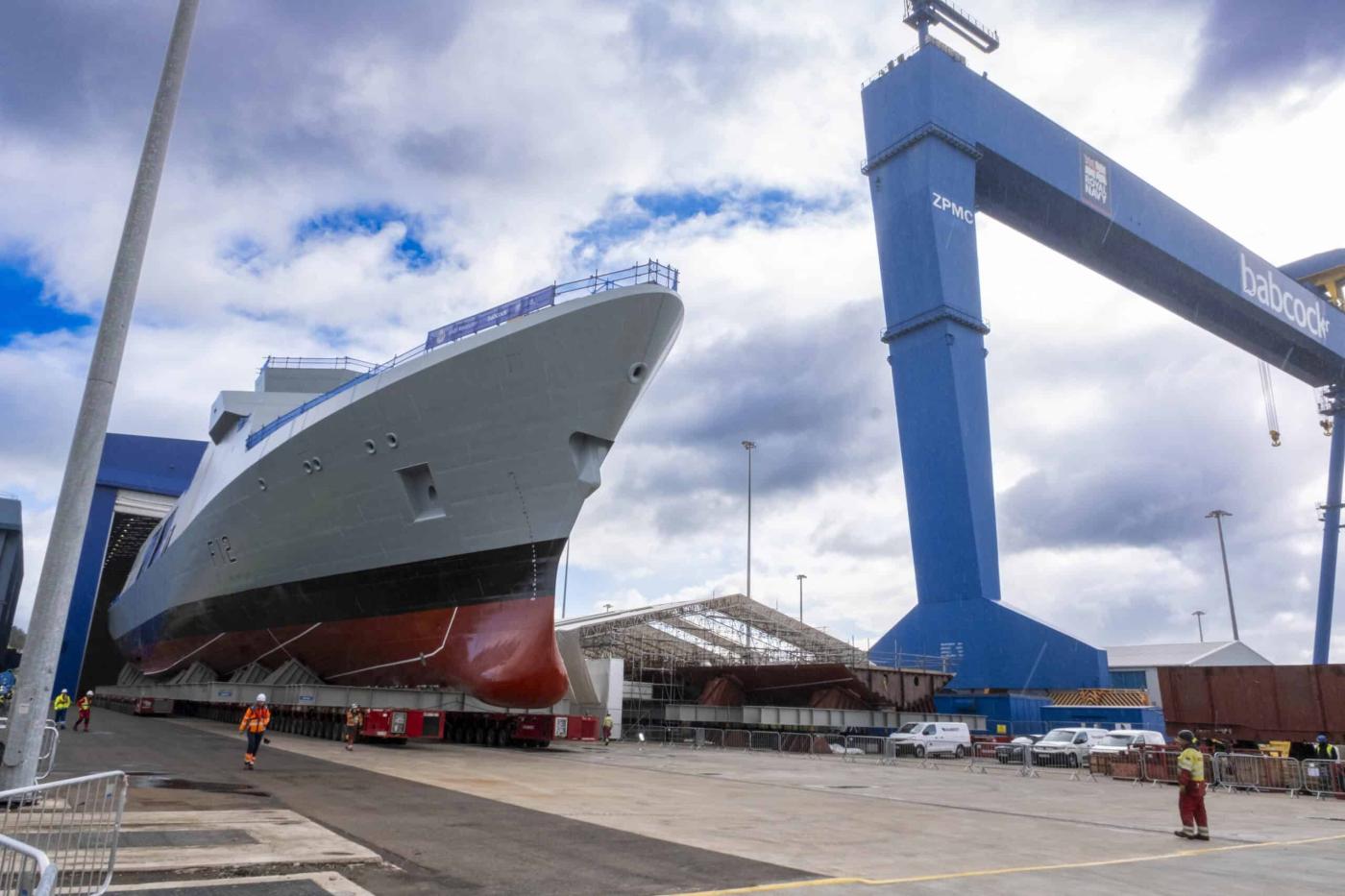
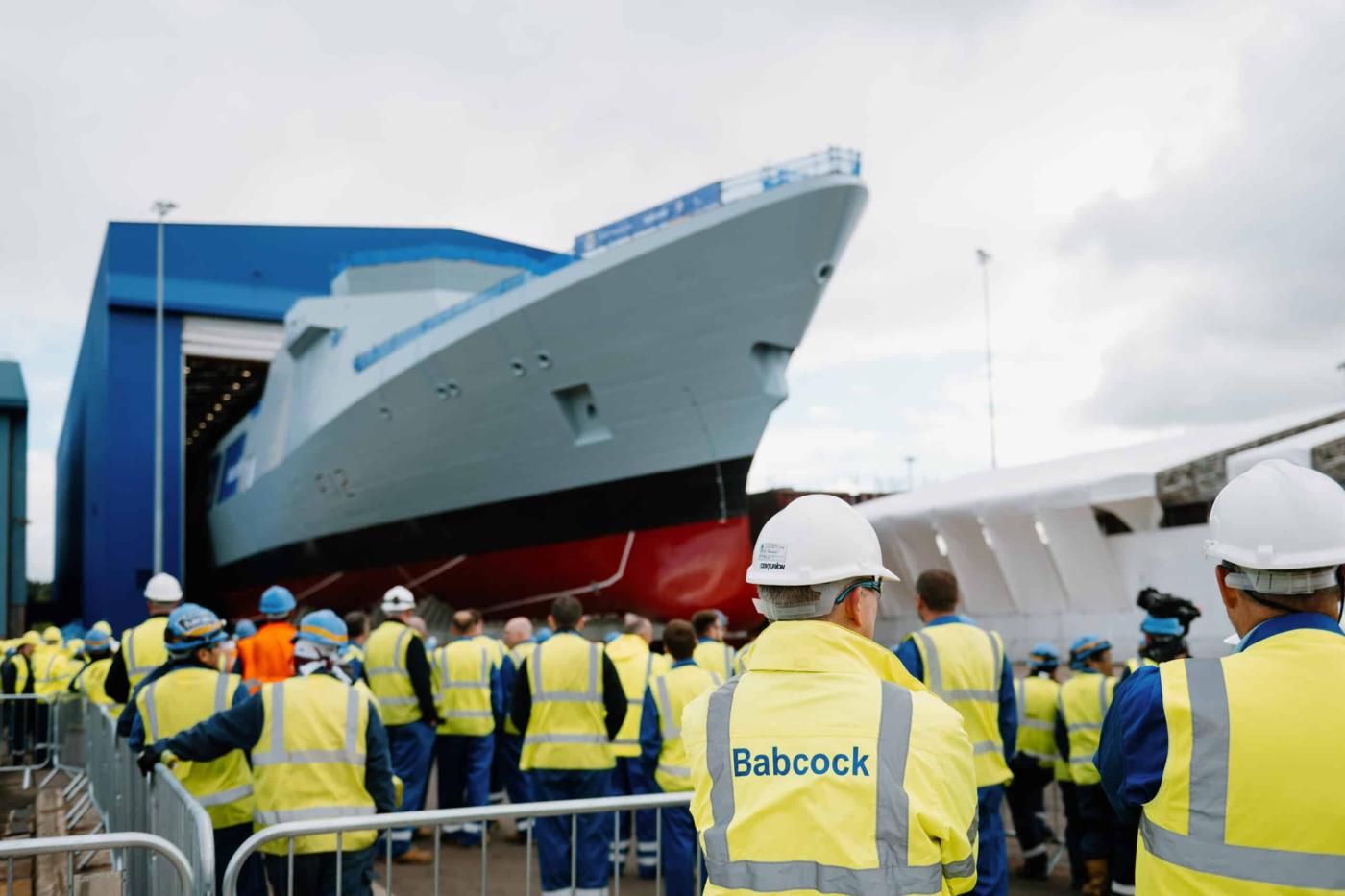
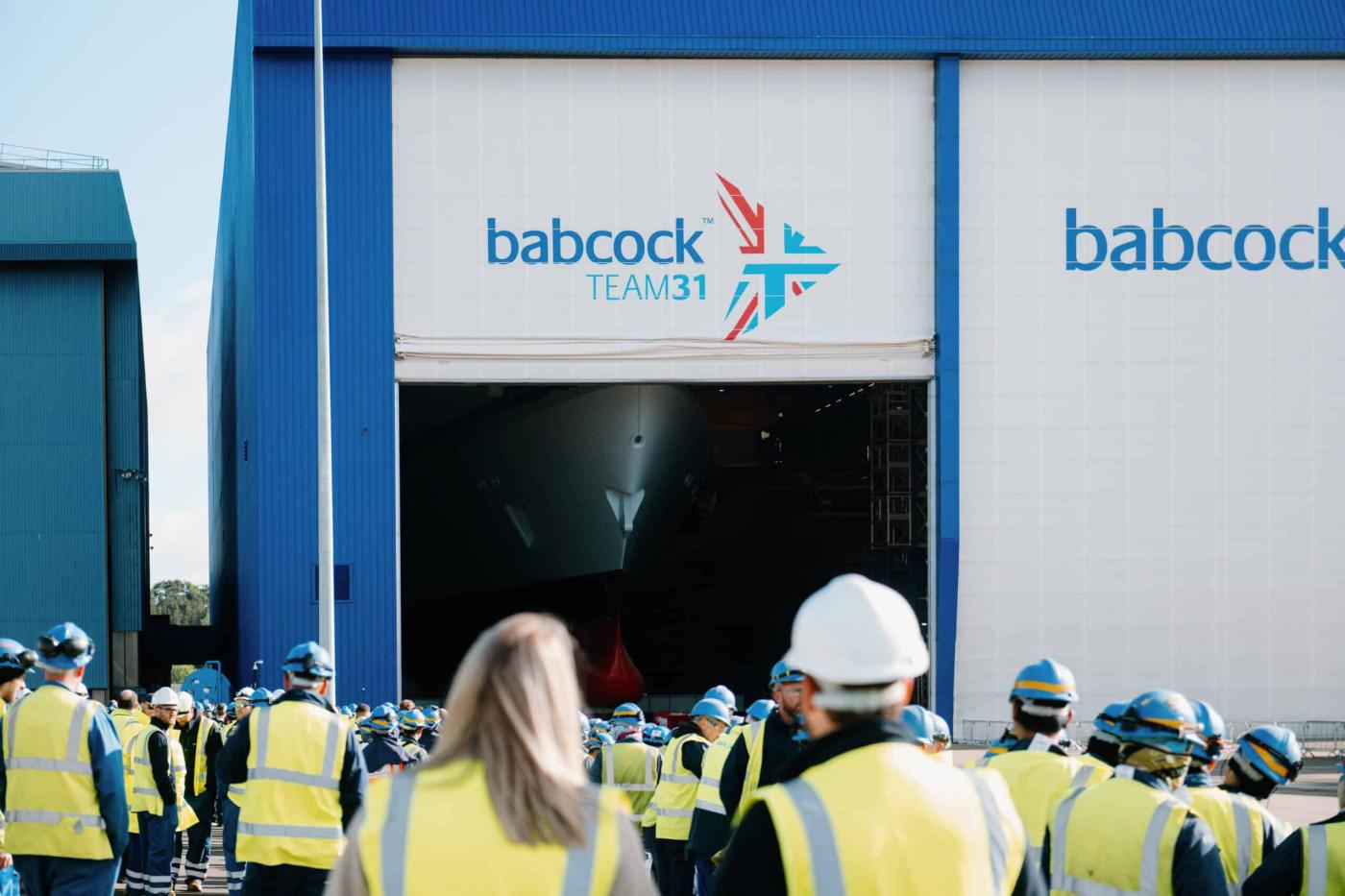
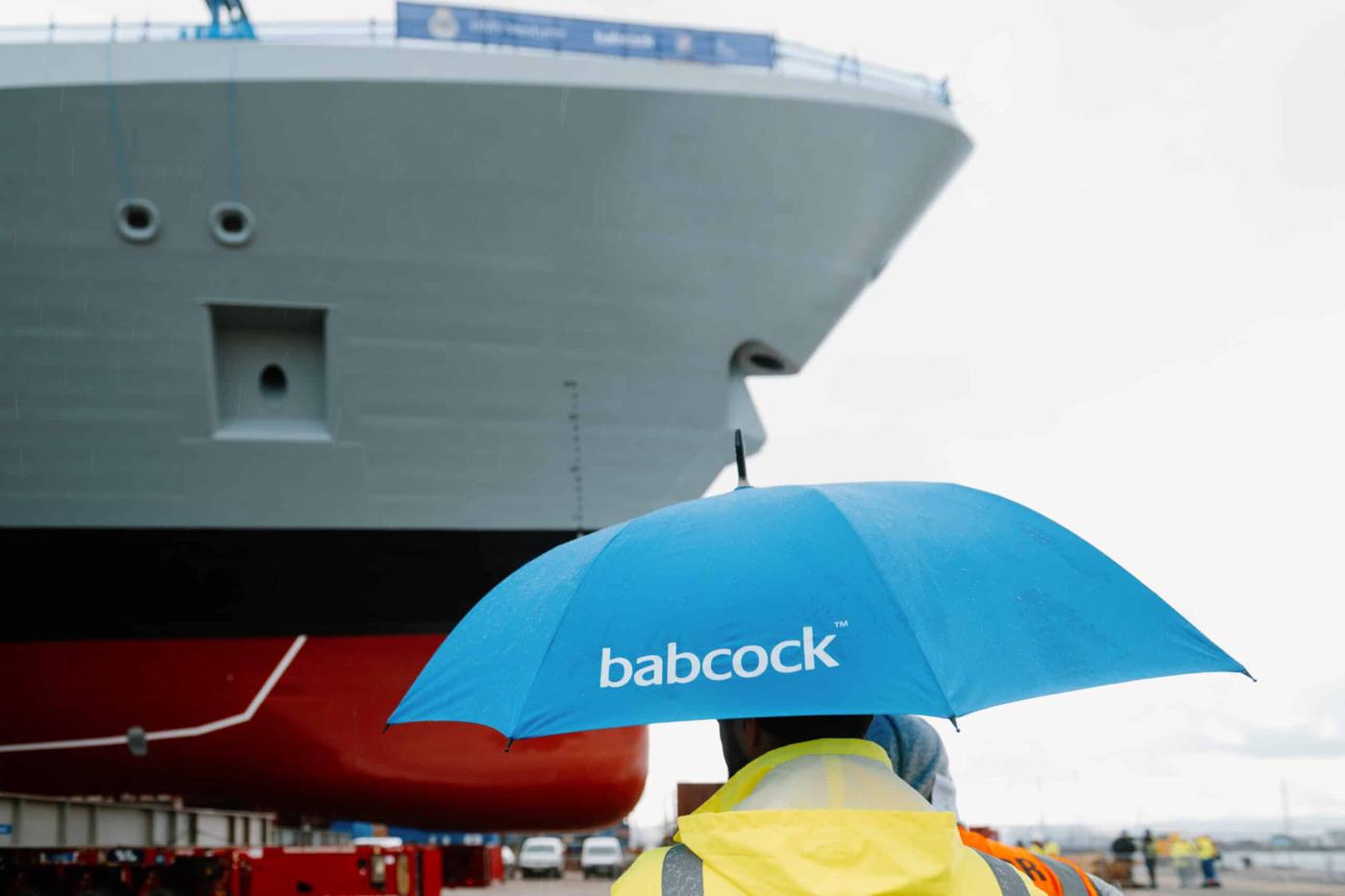

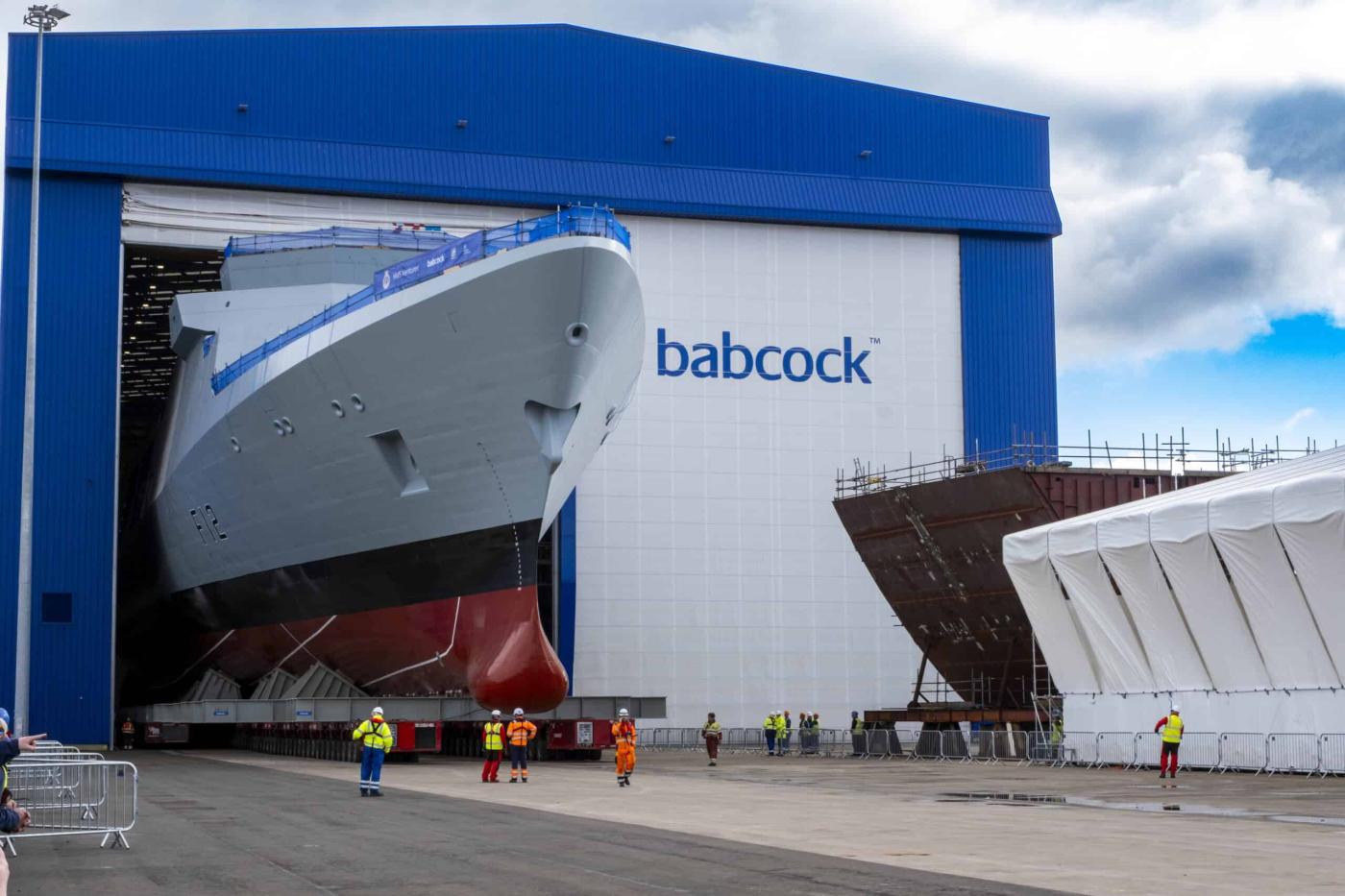
comments
Add the first comment
see also
POLARIS25: Replenishment at Sea and Combat Drills in a Realistic Operational Environment
In the shadow of the deep: the global submarine race and Poland's strategic void
Change of command in the 13th Minesweeper Squadron
Submerged in promises: when will Poland finally acquire new submarines?
Bayraktar TB3 achieves 100 shipborne sorties on TCG Anadolu
NATO showcases uncrewed maritime systems in the Baltic Sea
Poland’s maritime offensive: ambitions, delays and expectations - is it enough for the Baltic?
Baltic Sea: SNMCMG1 tests mine response capabilities in live-fire drill
Baltops 25: NATO launches flagship maritime exercise in the Baltic Sea
Sweden's Visby-class corvettes to receive major air defence upgrade with Sea Ceptor system
ADVERTISEMENT
ADVERTISEMENT